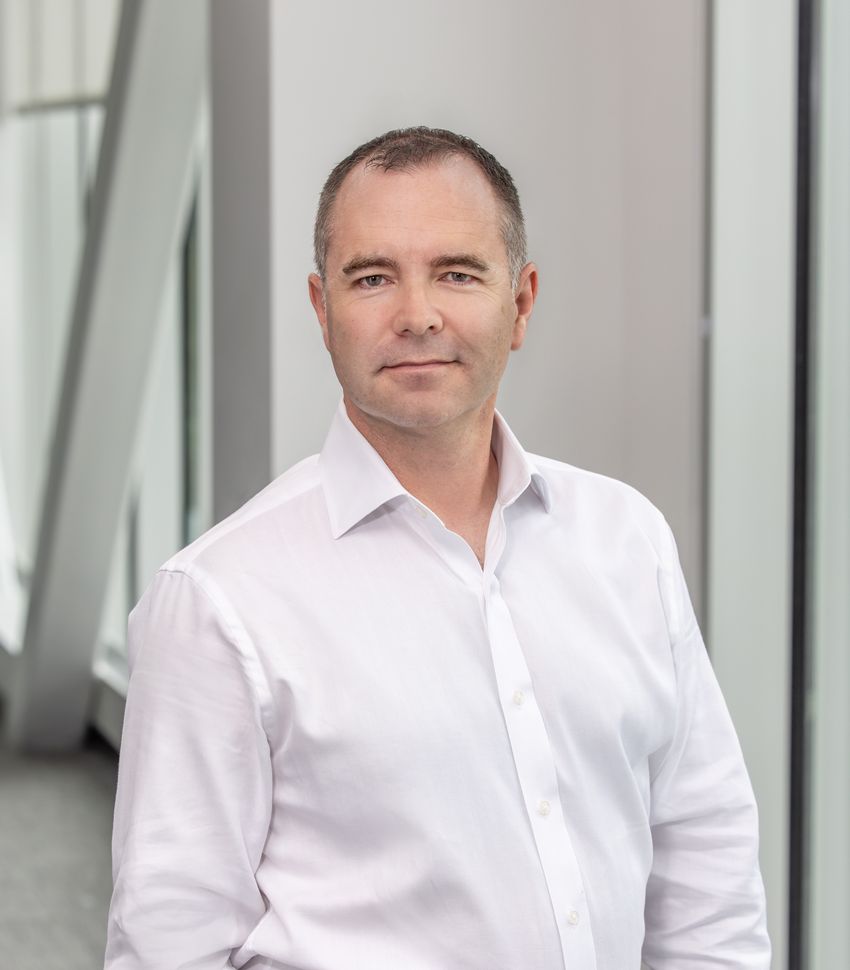Researchers used SBX technology to snag the Guinness World Record for the fastest DNA sequencing technique. They also demonstrated how this may be a boon to critical care settings.
When it comes to finding answers, every moment counts—especially in critical care settings like the neonatal and pediatric intensive care units (NICU and PICU). Although rapid genetic tests, whether generic or more comprehensive such as whole genome sequencing, can guide treatment decisions, “rapid” often still means waiting days for results. Faster genomic sequencing in the NICU and PICU can help clinicians avoid unnecessary procedures and lead to more timely interventions for their patients.
In 2022, a team at Stanford University set the Guinness World Records title for the fastest DNA sequencing technique for five hours and two minutes. Now, a team from Roche, Broad Clinical Labs, and Boston Children’s Hospital broke this record by sequencing a reference sample in less than four hours (three hours and 57 minutes). Testing Roche’s novel sequencing technology in a small group of NICU infants, the team delivered answers within the same work shift—from blood draw to report. Their results, published in the New England Journal of Medicine, highlight the potential of this technology to bring genetic answers to clinicians and their patients faster than ever before.1
How Sequencing by Expansion Technology Works
For Mark Kokoris, a biochemist at Roche, “It was always just burning in my head, the idea of how to sequence DNA better.” Having been exposed to elements of genomic tools since the mid-1990s, Kokoris has had an eye on advancing the technology.
Mark Kokoris, the co-inventor of SBX technology, aims to continue improving sequencing capabilities.
Roche
One of the biggest hurdles to overcome was the problem of improving the signal-to-noise ratio—how to better distinguish between the actual DNA signal and background noise. Kokoris worked to produce faster and more flexible operations, such as being tunable to workflow, throughput, and scale.
His solution, drawn from his biochemistry background, was not to sequence DNA. Instead, Kokoris’s technology converted DNA, through a biochemical conversion process, into an expanded surrogate molecule called an Xpandomer.2 This novel method was sequencing by expansion (SBX)–Kokoris now heads the SBX technology at Roche. “It was a really far-fetched idea,” Kokoris said, adding that the process involved a lot of “tough chemistry.”
He and his colleagues successfully expanded this molecule to more than 50 times longer than the parent DNA templates. This generated a high signal-to-noise ratio, a much clearer signal. The scientists coupled this synthesis with a complementary metal oxide semiconductor (CMOS)-based sensor module, which, at its fastest, could sequence an entire human genome in around 16 minutes. In addition, with SBX, researchers can access the data continuously for near real-time analysis, compared to conventional methods.
Bringing SBX into Critical Care Settings
It wasn’t long since Roche unveiled SBX in early February of 2025 that they partnered with Broad Clinical Labs to test this workflow in a pilot project to test its capabilities. Niall Lennon, the chair and chief scientific officer at Broad Clinical Labs, said, “[We thought], well, if you could do this in an ultra-rapid way that was meaningfully representative of something we thought we could do routinely, then that would be really interesting.” They turned their sights to implementing SBX in critical care, particularly in the NICU, where real-time decisions based on genetic results are especially important. So, they collaborated with Monica Wojcik, an attending physician at Boston Children’s Hospital and study coauthor, who was already interested in investigating the utility of whole genome sequencing in the NICU setting.
In this study, the researchers sequenced 15 human genomes: three reference samples, five previously tested patient samples with known results, and seven patients from the NICU. When the team collected blood at the hospital, a courier transported the samples for sequencing, genetic analysis, and report generation for the clinicians. The researchers conducted rapid genetic testing in parallel, which confirmed the sequencing results produced by the new technology.

Niall Lennon oversaw the implementation of SBX technology and workflow in a hospital setting in collaboration with Boston Children’s Hospital.
Kyle Klein Photography
“One of the really different things about this technology is that it’s really, really fast,” said Lennon. He added that, in the fastest instance, a blood sample was collected from the hospital at 6:30 a.m., and the report was returned by 2:30 p.m. that same afternoon. Although these results were not used for clinical diagnoses, they aligned with findings from parallel tests. Lennon also noted that the end-to-end process—from hospital collection to report delivery—did not require a large team, underscoring its feasibility to “change how [clinicians] do their standard of care workflow.” Though speed is vital in a NICU, other aspects like data quality and cost will also shape its impact in other clinical applications.
Breaking the World Record for Fastest DNA Sequencing
In addition to this project, Lennon remarked that another opportunity arose after seeing how fast SBX technology was: setting a new Guinness World Records title for the fastest DNA sequencing technique. “The record [set by Stanford team] was sort of out there as a benchmark in the field to kind of demonstrate what’s possible.” Rather than relying on a stopwatch-wielding official, the team documented the entire workflow through instrument logs with timestamps. The duration of the fastest reference human genome sequencing came out as three hours and 57 minutes. The National Institute of Standards and Technology (NIST), who run the Genome in a Bottle project, independently validated the results as an external expert group.
Kokoris added that while the SBX technology is still undergoing optimization, he is excited to “keep pushing the edges of what the technology can do.” While setting a world record was the icing on the cake, the real achievement lies in showcasing how scientific innovation can translate into meaningful clinical impact. “You could imagine a world in which this [technology] is actually just routine,” said Lennon.

